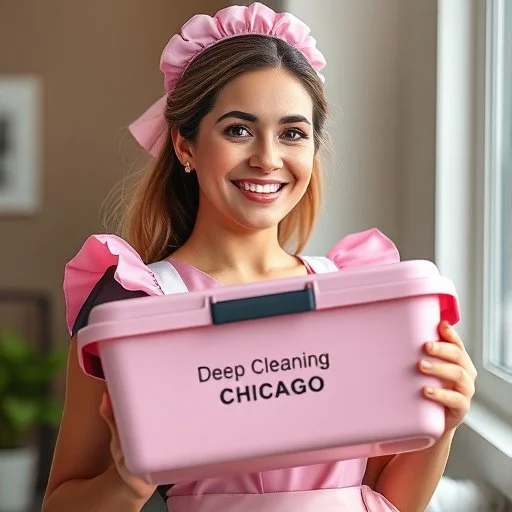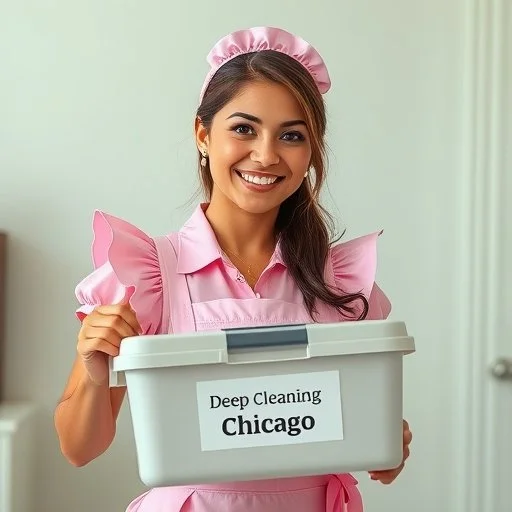How Often To Clean Litter Box
How Often Should You Clean Your Litter Box? A Complete Guide
The Importance Of Regular Litter Box Maintenance
It becomes very significant for cleanliness and health of your home. Cats being clean creatures innately, so it becomes important that you provide a clean area where they can relieve themselves. It deterrence smells that we do not get on nicely with, chance of disease, and will make your pet a comfortable place.
In this complete guidebook, we will inform you on how frequently you need to clean your litter box, why you need to clean it often, and much more useful advice on keeping your litter box clean.
Regular Maintenance of the Litter Box
A clean litter box can literally imply that your cat would be hungry for natural cleanliness and could significantly influence her behavior. A cat will instinctively shun a dirty litter box; this will, however, lead to improper elimination everywhere in the house, something that may not sit too well with your pet owners as that could require some further trainings or modifications.
Maintenance prevents the spreading of bacteria as well as parasites that could potentially harm the pet as well as you. In it can contain pathogenic material hazardous for both human beings as well as cats equally towards the gastrointestinal system. It minimizes fumes of ammonia released off urine and creates a healthier place for everyone.
Twice-Daily Dos
It must be shoveled once a day at a minimum.
Scooping clears away clumps of feces as well as any hard feces that could be on the bottom.
Daily tasking prevents the smells as well as keeping the box more appealing to your cat.
You need to shovel two times a day if you own multiple cats as a means of being clean.
Trash Replacement
How many to replace the litter rely on the kind you use:
Clumping Litter: Completely change every two to three weeks with clumping litter. Clumping litter must absorb moisture, clump when wet, and become easy-scooped mess removal trash. Despite this, clumping litter becomes soaked with stench after a period of use and no longer works.
Non-Clumping Litter: For non-clumping litter since it will absorb moisture but not clump will need to be replaced weekly. Non-clumping litter retentives odor more than the clumping types, so replacement on a regular basis is a must.
In the event that you possess more than a single cat that shares a box, you will need to replenish litter frequently; it could potentially be weekly or potentially a day after a day.
Box Cleaning
This aside from litter change, is extremely important; boxing itself regular cleanings, as much as possible using water and soap as soft perhaps even vinegar-based. And thus if these smells just linger that you don’t notice actual stains you’re going to have a cleaner if you clean earlier.
To Turn the Box
Empty the Box: Remove all trash and rubbish.
Soap Suds: Warm water with soft dish soap or vinegar.
Cleaning: Clean all areas with a sponge or scrub brush.
Rinse: Rinse under warm running water and remove all soap residue.
Dry: Let it dry thoroughly before adding on fresh litter.
Strong Smells: If smells of feces or ammonia are strong in the cage, then she needs a thorough cleaning overdue.
Visible Clumps or Trash: Visible clumps of trash or solid wastages need to be taken action upon without delay if they haven’t gone in a day.
Reluctance by Your Cat: In case your cat will hesitate in the use of the litter box or will show unwillingness upon seeing it, then they find it dirty or uncomfortable.
Tips for Effective Cleaning and Maintenance of Waste Boxes
Offer Quality Litter: Choose litter that is of quality and ideally absorbent so that your kitty will pick it out. Some kitties like clumping litter since they can be in charge of the smells.
Use an Appropriate Scoop: An easy-scrubbing scoop makes cleaning a matter of course; it needs slotted-in style, allowing clean litter to drop through as clumps of droppings stay in it.
Self-Cleaning Litter Box: It will automatically scoop the poop out by this kind of device, saving so much time on litter box maintenance.
Keep Supplies Near: Keep your cleaning supplies close by the litter box so you can grab them when it’s clean-up time.
Wash Your Hands After Cleaning: Never forget to wash your hands after coming in contact with cat droppings or clean the litter pan for cleanliness reasons.
Keep an Eye on Your Cat’s Health: Abnormalities in the regular bathroom behavior of your cat can be a sign of some serious health issues. More than normal number of urination and urinating hassle need a visit to your vet.
Creating a Healthy Environment for Your Cat: The Importance of Regular Litter Box Cleaning
These guidelines on how often to clean your litter pan give you the ability to make a healthy living space for your cat yet stay fresh and odorless in the dwelling space. Maintenance is comfort for your kitty cat, but it also produces a wholesome healthy space around your pet.
Good care and attention keep so a kitty cat has a place clean they can relax and feel comfortable every day. Now this lengthy blog pops out with particulars yet never off subject regarding the correct manner in which a litter box ought to be cleaned up.
All-in-One Cleaning Guide for a Fresher, More Comfortable Home
Step-by-Step Tips to Clean, Organize, and Maintain Every Part of Your Space
Best Way To Clean Gold Earrings
Best Way To Clean MacBook Screen
Best Way To Clean Vinyl Records
Can Washing Machines Be Stopped Mid-Cycle
Can You Wash Dry Clean Only Curtains
Cleaning Comfort Room Safety Precautions To Be Observed
Cleaning Pet Urine From Carpet
Cleaning Stainless Steel Fridge
How Technology Is Remodeling The Cleaning Industry
How To Get Rid Of Cigarette Smell In Car
How To Get Self Tanner Out Of Carpets
How To Make Your House Smell Like Laundry Detergent
How To Prepare Your Home For A Deep Cleaning Service
How To Prevent Allergies With Cleaning
How To Remove Carpets DIY Guide
How To Replace Carpets By Yourself
Magic Eraser To Spot Cleaning Walls
Open Windows To Deodorize Home
Removing Bleach Smell From House



